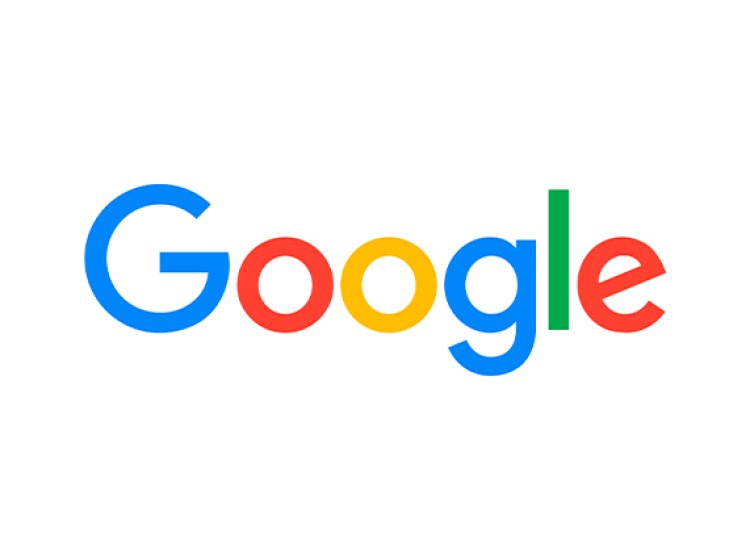Google Launches New Transparency Tool – Ads Transparency Center

Google has launched a new transparency tool called the Ads Transparency Center to help clients quickly and easily learn more about the ads people see from Google, including Search, YouTube and Display. The Ads Transparency Center is a searchable repository of all ads served by verified advertisers, ensuring that users have easy access to information about the ads they see from Google.
Google has a long-standing history of providing clients with more information about their advertisers, which the Ads Transparency Center builds upon. Google implemented a verification process for advertisers who wished to run election ads on its platforms and mandated the inclusion of an in-ad disclosure that clearly indicates the ad's sponsor, starting in 2018. In 2020, Google went a step further by introducing a global advertiser identity verification program that mandates Google advertisers to verify information about their businesses, where they operate, and what they're selling or promoting. Furthermore, Google launched My Ad Center globally last fall, a user-centric way to help users control the ads they see on Search, YouTube, and Discover, directly from the ads themselves.
Through the Ads Transparency Center, users will gain the ability to comprehend the advertisements that an advertiser has published, as well as which ads were exhibited in specific regions, the ad's most recent publication date, and its format. The Ads Transparency Center will serve as a single destination for users to access information about the ads they see on Google, ensuring easy accessibility.
Suppose a user is interested in a skincare product advertised to them but does not recognize the brand. In that case, they can use the Ads Transparency Center to research the advertiser and obtain more information about them before making a purchase or visiting their website.
The Ads Transparency Center can be accessed by users either directly or by clicking on the three-dot menu next to the ads and visiting My Ad Center. Within My Ad Center, users can obtain information about the advertiser's verification status, as well as interact with the ads, such as liking, blocking, or reporting them if they violate Google's policies. The user can customize their ad experience further – from seeing more of the brands they like and less of the ones they don’t.
The Ads Transparency Center will start rolling out to users around the world, increasing transparency for clients and allowing them to make more informed decisions about the ads they see. This is a positive move towards providing users with more control over their ad experiences and increasing trust in advertising.
In conclusion, the launch of the Ads Transparency Center by Google will significantly increase transparency for advertisers on its platforms. With this new tool, users will have easy access to information about the ads they see, allowing them to make more informed decisions about their purchases. This move by Google is a positive step towards creating a more transparent advertising industry and building trust between users and advertisers.

 Sumit Rawat
Sumit Rawat 










